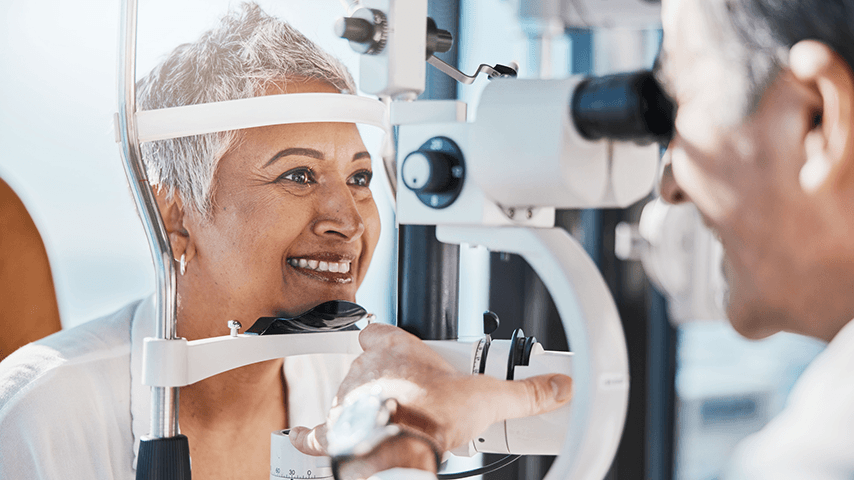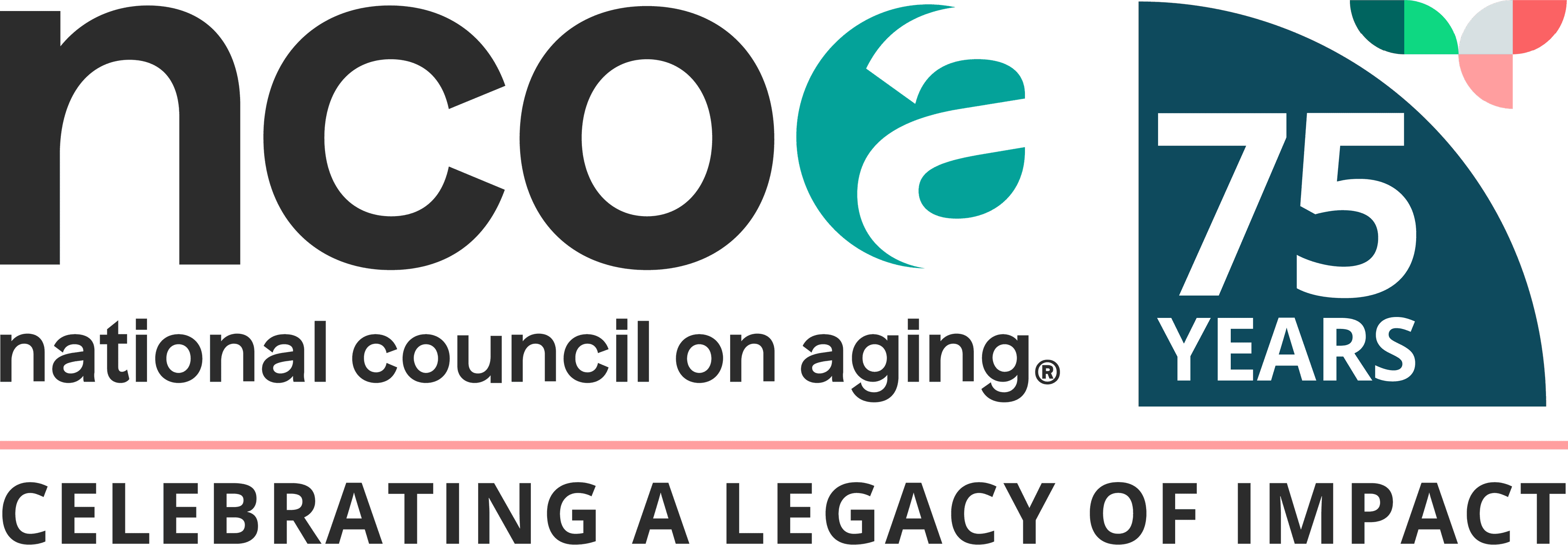
Related Topics
Cataracts are the world’s most prevalent eye disease. And the condition is often effectively treated through surgery, with the vast majority of patients having significant improvement in vision and a better chance of success when surgery is performed in the earlier stages.
What's the most common cause of blindness in the United States?
The number-one cause of blindness in the US and worldwide, cataracts can occur at any age—even at birth. But age-related cataracts are most common:
- Nearly 1 in 5 people age 65 to 74 have cataracts that affect their vision.
- More than 50% of people in the US over age 80 have cataracts or have had surgery to remove cataracts.
Age-related cataracts typically progress slowly and painlessly through four stages, with few early symptoms. There are three main types of age-related cataracts: nuclear sclerotic, cortical, and posterior. Left untreated, cataracts can lead to permanent vision loss and blindness.
Watch this short video from the National Eye Institute for more details on the anatomy of the eye and how cataracts affect vision.
What is a cataract?
A cataract is a cloudy white patch (sometimes yellow or brown) that forms on the clear lens of your eye when the proteins that make up the lens break down due to various factors, including:
- Passage of time (normal aging process)
- Prolonged use of certain medications
- Exposure to extreme heat, radiation, or UV rays from the sun
- Genetic anomalies
- Injury
Cataracts can occur in one or both eyes and may progress differently in each eye. Developing a cataract in one eye increases your risk of developing it in the other. Additional risk factors include smoking, diabetes, heavy alcohol use, high blood pressure, heart disease, and a family history of cataracts.
How do cataracts affect vision?
The lens of your eye functions like a camera lens, absorbing light and images that pass to the retina—the light-sensitive tissue at the back of the eye—which the retina converts to electrical signals sent to the brain via the optic nerve. In a healthy eye, lens protein fibers are arranged to allow light and images to pass through evenly and without obstruction.
A cataract forms when deteriorating lens protein gathers into an opaque patch, impeding light and distorting images. The result is blurry images, faded colors, light distortion (halos, particularly in low light), and photosensitivity.
Cataract diagnosis and treatment
Everyone over 40 should get regular comprehensive eye exams with dilation to check for eye diseases, including cataracts. Cataracts develop through four stages: early, immature, mature, and hypermature. After obtaining a brief medical history (including any family history of eye disease), your eye doctor will likely conduct the following tests:
- Visual acuity - “the letter chart” tests measures vision at various distances.
- Slit-lamp exam explores the five main parts of the eye (cornea, iris, lens, retina, optic nerve) front to back through a powerful lighted microscope. An ophthalmoscope, a precision flashlight-like instrument, is sometimes used for a closer look at the back of the eye.
- Ocular tonometry tests the pressure inside the eye (to check for glaucoma).
Cataract types
Early detection through a routine eye exam is essential for accurate diagnosis and effective treatment, and so is knowing the three main types of age-related cataracts, identified by their location on the lens:
- Nuclear sclerotic (center) cataracts are age-related and the most common, affecting both near and far vision. If your eyeglass prescription changes frequently, this may be a symptom of this cataract, as is blurred or faded vision.
- Cortical (side) cataracts develop at the outer layers of the lens—the cortex—and gradually move toward the center, affecting peripheral vision. Symptoms include blurred vision, reduced nighttime or low light vision, glare/halos around lights, weak contrast or depth perception, and distorted colors. Although cortical cataracts can develop over years, they can also develop more quickly. Your risk for cortical cataracts increases if you have diabetes or a family history of cataracts.
- Posterior (back) subcapsular cataracts (PSC) develop at the back of the lens, below the capsule, the thin membrane that holds the lens in place. Many people have no symptoms and discover PSC from a liver panel blood test conducted for unrelated conditions such as Crohn’s disease. Symptoms include changes in close-up vision, creating difficulty reading and light-related vision changes, including difficulty seeing in varying light, such as glare/halos around lights, and difficulty with night vision night. PSC can sometimes be caused by longtime steroid use, diabetes, or injury.
What are the different types of cataract surgery?
While adopting healthy habits—stopping smoking, reducing alcohol intake, getting regular exercise, and taking eye-supporting supplements (vitamins A, C, E, lutein, zeaxanthin, and omega 3 fatty acids)—may help slow the development of cataracts, surgical treatment can provide significant improvement in vision by removing and replacing a damaged organic lens. Frequently performed cataract surgeries include:
- Phacoemulsification uses ultrasound to break up the damaged lens into small pieces, suctioning them out, followed by replacement with a clear synthetic intraocular lens (IOL).
- Laser-Assisted Cataract Surgery (FLACS) uses a laser to create an incision to remove the damaged lens and replace it with an IOL.
- Extracapsular Cataract Extraction (ECCE), often recommended for more advanced or complex cataract cases, involves a larger incision and stitches and may result in a longer recovery time.
Vision often improves within a few days to a week, with complete healing and vision stabilization occurring within four to six weeks. The doctor will provide full post-operative instructions, and in addition to pain, it’s essential to be on the lookout for any eye changes or complications highlighted by the doctor. Learn more about cataract surgery, including post-surgical insights from the American Academy of Ophthalmology.
As with any eye disease, early detection is vital. Be sure to schedule regular eye exams to protect your long-term eye health from Glaucoma and other age-related eye diseases.
Vision Rehabilitation provides tremendous hope and support for people living with blindness and low vision
Learn more about the life-changing benefits of Vision Rehabilitation through this NCOA article. If you or someone you know is living with vision loss that impacts their confidence, safety, or independence, please access this list of Vision Rehabilitation Agencies or visit Time to Be Bold to locate state and local vision rehabilitation services and other resources in your area. Call the APH hotline to receive support and practical coping strategies for everyday tasks, join remote discussion groups, and access free online resources at the APH Connect Center and VisionAware. Download the EMVI app for adults living with vision loss, visit the American Macular Degeneration Foundation (AMDF), TED Community Organization, and Vision Health Advocacy Coalition to learn more about Macular Degeneration, Thyroid Eye Disease, other eye conditions and diseases, and obtain valuable education, information, and resources.



